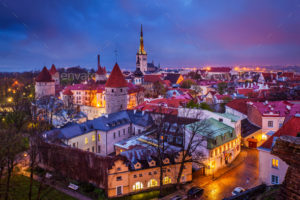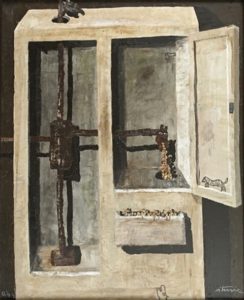Poor You… You Were Dealt a Bad Hand
Part I: You Didn’t Choose It… and You Can’t Change It…

You didn’t choose and cannot change your parentage. Or the place of your birth. Or the culture you were born into. Or the color of your hair and eyes and skin.
But you can choose to change almost everything else.
So much of the popular discussion today is about identity. Who we are in terms of defining characteristics, such as gender, race, and faith. It can make for spirited debates. It can result in legal and political actions that can change the way we act and think. But as for individual happiness and productivity, dwelling on what we did not choose and cannot change about ourselves can do us no personal good. And it can cause us harm.
You already know this. You know this even if you have been an active supporter of causes aimed at “making the world a better place.” You already know that to make your own life better you must focus on your own thoughts and actions. If you want a better, richer life experience than you have right now, you have to be willing to change yourself.
This is just as true for the person at the lowest end of the social ladder as the person at the top. In fact, it’s such a universal truth – and such a simple one – that we seldom stop to think about it. Unless, somehow, the subject is raised. And then, we may be embarrassed to acknowledge it. We may even want to deny it. Because in saying it, we seem to be saying, “I don’t care about anyone else. I care only about me.”
What Can’t Be Changed?
So much of who we are comes from where we’ve been and what we did or what was done to us. Good things and bad things. Hurtful things and helpful things. Accidents and lucky breaks. Attention and neglect. Kindness and abuse. Like your parentage or skin color, your personal history cannot be changed. Being thankful for the good can make you stronger and happier. But dwelling on the bad won’t make it disappear or soothe the pain or give you hope.
It cannot and will not improve your future.
There is a word we use to define ourselves by the bad things that happened to us. Victim. We say that we were the victim of bad parents or poverty or social isolation or illness or a hundred other things. We like that term because it makes something clear to others. We want them to know that we were not and therefore are not at fault.
But we have to be very careful when we self-identify as “victim.” Because we don’t want to convey to others (and especially not to ourselves) that we are not responsible for what we do and say and think.
History is replete with examples of individuals moving past the most terrible situations to achieve tremendous success. And new exemplars of personal triumph are posted every hour on social media, reminding us of what we are capable of. “If they can do it,” we think, “so can I.”
But there is a line of thinking that has a very different message. It says that we should not look to those rare success stories to understand who we can be, but to examples of the many that were defeated by what they did not choose and cannot change. They really are victims, and it is unfair to even suggest that they could have moved beyond their history of pain.
There is only one solution for such victims, the thinking goes, and that is to make changes in our social, political, and legal structures. To find someone or something else to blame, and to prosecute or penalize them and thus achieve a form of justice and relief. If the cause is abusive parents, the solution is to blame and punish them. If the cause is some thing, like racism or sexism or religious intolerance, the solution is to blame and eradicate it.
The studies I’ve seen suggest that the first line of thinking rarely arrives at a satisfactory solution for the victim. Much more often, it makes the pain and suffering worse. And as for changing social, political, and legal structures – those are long-term projects that usually take generations to accomplish. What does the individual do with his pain and suffering while he waits?
The message is: The chips have been stacked too high against you. You are going to lose at every hand. It’s not your fault, but you’re a loser. And there is no point in playing the game. You should get what you want by virtue of your victimhood. You deserve it and I am going to take care of you. Relief may not come tomorrow or next week, but be patient. I’ve got your back.
(To be continued…)
 MarkFord
MarkFord


